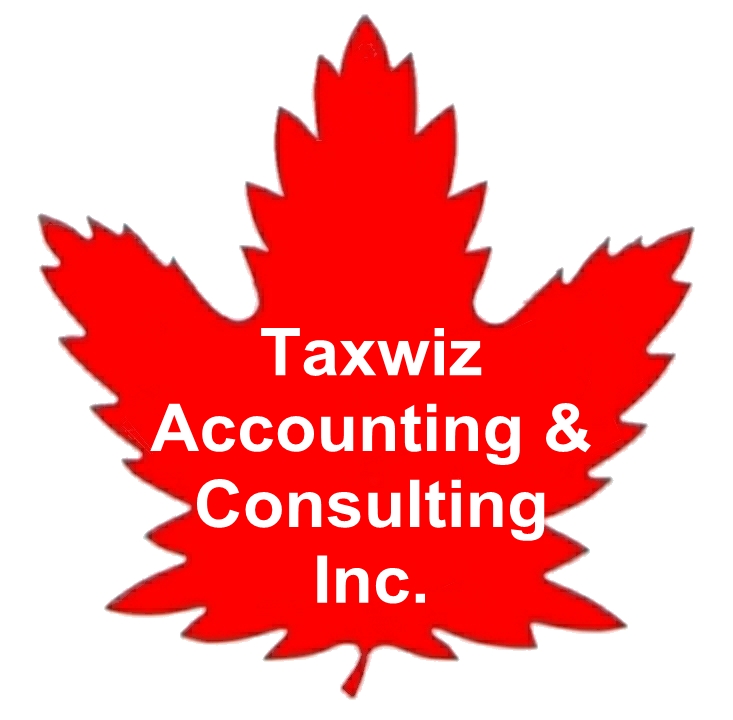
| Taxwiz Accounting and Consulting Inc. | ||||||||
|
||||||||

|
| ||||||||||||||||||||
|
New CRA reporting requirements on the sale of principal residence (other than trusts) since 2016
|
On 3 October 2016, the Government of Canada announced an administrative change to Canada Revenue Agency's reporting requirements for the sale of a principal residence. Starting with the 2016 tax year, generally due by late April 2017, taxpayers will be required to report basic information (date of acquisition, proceeds of disposition and description of the property) on income tax and benefit return when principal residences are sold to claim the full principal residence exemption. Note that capital gains on qualified principal residences remain tax free.
According to the government, this change will improve compliance and administration of the tax system.
Prior to this change
Previously, the CRA did not require any reporting related to the sale of a principal residence if the property was your principal residence for every year you owned it.
If the property was not your principal residence for every year you owned it (e.g., a different property, such as a cottage, was designated as your principal residence for one of the years during the same period of ownership), Form T2091 (IND), Designation of a property as a principal residence by an individual (other than a personal trust), would have to be filed with the individualís T1 Income Tax and Benefit Return. The representative of a deceased person would have to use Form T1255, Designation of a property as a principal residence by the legal representative of a deceased individual instead.
How to comply with the new reporting requirement?
Starting with the 2016 tax year, individuals who sell their principal residence will have to report the sale on Schedule 3, Capital Gains of the T1 Income Tax and Benefit Return. Reporting will be required for sales that occur on or after January 1, 2016.
Complete Schedule 3 and file it with your T1 Income Tax and Benefit Return for the year you sell the property. If the property was your principal residence for every year that you owned it, you will make the principal residence designation in your Schedule 3. In this case, the year of acquisition, proceeds of disposition and the description of the property are the information that will have to be reported. Schedule 3 will be modified accordingly. Form T2091 (or Form T1255) will still be required for the designation in the case the property was not your principal residence for all of the years that you owned it.
Does the new reporting rule apply for deemed dispositions of property?
Yes. The new rules apply for deemed dispositions. A deemed disposition occurs when you are considered to have disposed of property, even though you did not actually sell it.
When you change the use of a property, you are generally considered to have sold the property at its fair market value and to have immediately reacquired the property for the same amount. You have to report the disposition (and designation) of your principal residence and/or the resulting capital gain or loss (in certain situations) in the year the change of use occurs.
[This page was added on 16 March 2017, last revised 16 March 2017.]